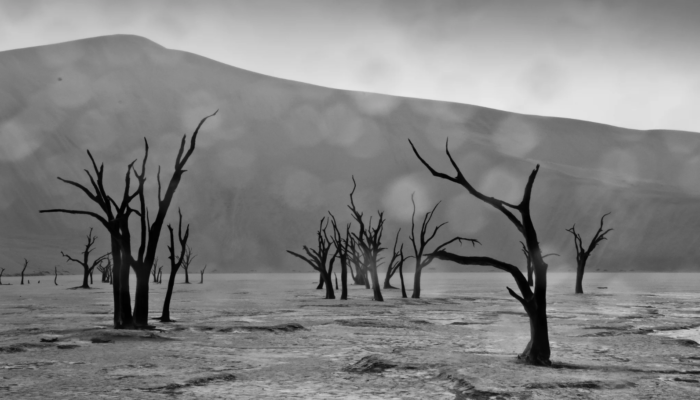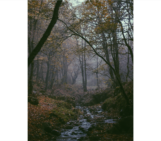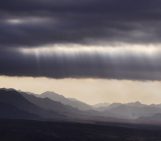
Pictured here is the arid Namib Desert on a not-so-arid day. The desert is known for its extremely dry conditions and abundance of sunshine, but this photo, taken by Christoph Schmidt, chair of geomorphology at the University of Bayreuth in Germany, gives us a rare glimpse of a rainy day.
The Namib Desert spans about 81,000 square kilometres in southwest Africa, stretching throughout the entire coast of Namibia and pouring into parts of South Africa and Angola. Scientists estimate that this environment is of Tertiary age, making it one of the oldest deserts in the world. Even though Earth’s climate has changed dramatically in the last few million years, shifting between cold and warm periods of time, the Namib has always remained a desert at its core. The region collects 30 mm in precipitation annually on average, however the amount of rainfall fluctuates drastically. Some years the desert will see no rain at all; other years it will get up to 100 mm of precipitation.
The region’s dry conditions are due to the Benguela current, an ocean current that moves northward off the coast of South Africa and Namibia, carrying cold water from the depths of the Atlantic Ocean to the surface level. The current cools the air, making it more difficult for the air to carry moisture.
The region, however, can experience relatively high humidity levels for a desert, and even though rain is rare, fog will frequently drift into the area from the coast. This fog is another byproduct of the Benguela current, since the upwelling of cold water cools the moisture already present in the region, causing it to condensate into fog.
The Namib Desert’s wildlife has evolved to take advantage of the region’s fog. The region is home to some endemic plant species like Welwitschia and Nara, which have adapted to absorb the fog’s moisture through their fine roots and stems, respectively. Some animals have also developed some unique ways to harvest the fog’s moisture. One species, the fog basking beetle, lifts its rear in the air, using it as a receptacle for the fog’s water droplets. The water slides down the beetle’s backside into its mouth. Another insect, called the fog-trapping beetle, digs out trenches in the sand dunes to collect their drinking water from the fog’s moisture.
So while the Namib Desert experiences at the most just a few days of rainfall over the course of a year, there’s still enough moisture in the ecosystem for life to find a way to thrive.
By Olivia Trani, EGU Communications Officer



